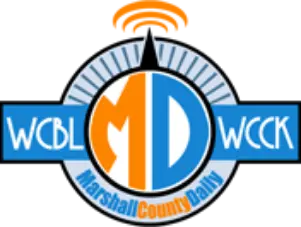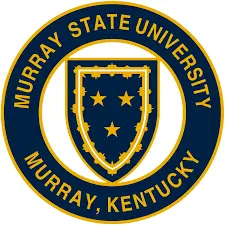Marshall County’s Tales from the Civil War
Written by Justin Lamb
During the War Between the States, Marshall County strongly sided with the Confederacy and the cause of states’ rights. The county sent two full companies to the Confederate army while many other Marshall County boys crossed the border and joined the Army of Tennessee.
Marshall County saw little military action as most of the men were gone fighting further south and most of the county’s suffering came at the hands of guerillas and the Union occupation of General E.A. Paine. However, Marshall County was the site of two small skirmishes which have largely been forgotten by today’s residents of the county. The skirmish happened in 1864 as the Wizard of the Saddle, Confederate General Nathan Bedford Forrest, was planning his legendary raid into Union occupied Paducah.
On March 23, 1864, just two days before the raid, both Union and Confederate troops were searching for horses when they accidentally met on the site of Hugh Arant’s farm just south of Benton near Sinkhole Hill. Seven men were killed in the skirmishes, three in the first and four in the second. According to the History of Marshall County, Kentucky published in 1984, the men were buried on a hill in the old Gilbert Cemetery and only one of the soldier’s name was remembered, a Confederate with the last name of Salyer. It was assumed he was a native Marshall Countian. A historical marker was placed at the entrance of H.H. Lovett Park in 1962 as a reminder of the skirmish.
Shortly before the skirmish, the widowed Mrs. Hugh Arant’s horse was stolen by Union troops, but was soon returned after Charlie Littlejohn, a Mexican War veteran, traveled to Paducah where he successfully argued on her behalf. In another incident, a housewife near the Arant farm came out of her house just in time to catch the Confederate troops stealing her chickens. “Those chickens are all I have to feed my children. Isn’t there a gentlemen in this entire company?,” the housewife yelled at the troops. “Yes ma’am,” replied one of the men as he ordered the chickens to be returned before they rode off.
Betsy Breezeel lived near the Breezeel school where she helped hid a Confederate spy.
While stripping tobacco in her father’s barn, a very young Confederate solider ran in and demanded to be hidden from approaching Yankee troops. Risking her and her family’s safety, Breezeel hid the solider under the tobacco stalks. As the Union soldiers arrived, they demanded to know the whereabouts of the Rebel spy and hastily searched the place while Breezeel continued her work. The Yankees never found the spy and he soon disappeared as the Union troops rode off.
Yankee guerillas came through Olive plundering and stealing horses in late 1864. One resident, James A. Filbeck, was angry about his property being stolen, so he mounted up and went after his horses. Filbeck finally caught up with the Yankee soldiers in Smithland, Kentucky, but was captured and eventfully hanged for being a Confederate sympathizer. His body was brought back to Olive and buried in the Olive Methodist Church Cemetery. His execution only further intensified sympathies for the Confederacy in Olive. The following year, Confederate Guerilla Captain William Quantrill and his band of riders once hid out from Union soldiers in Olive near where Frizzell Loop in the spring of 1865. He would be killed later that year in Louisville.






